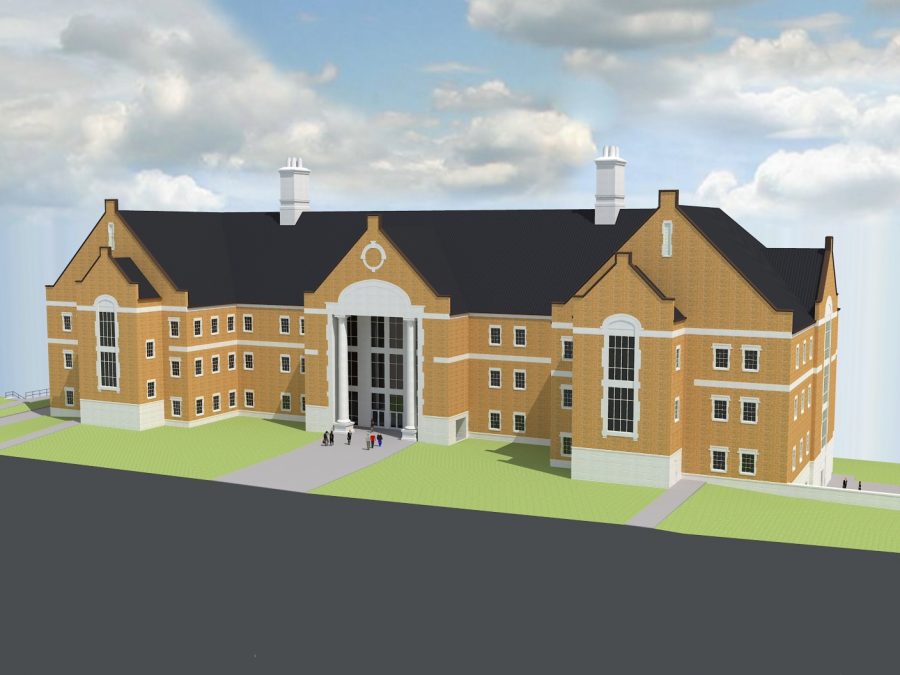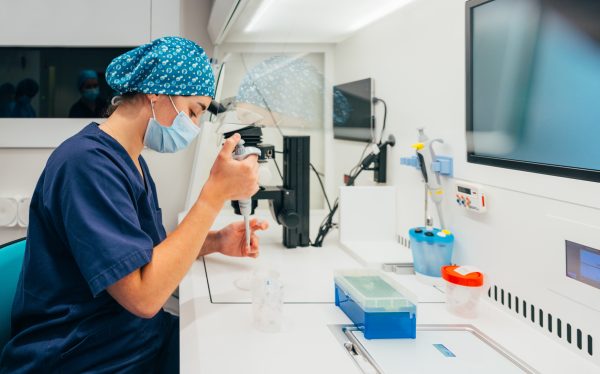Cale: Fundraising to begin for science building
January 26, 2012
Finding the remaining funding to pay for the new science building on campus is one of the final steps needed to begin construction on the long-term project, said UNA President Bill Cale.
The most current building estimate- which is $41 million-will require administrators to think of new ways to bring in additional money toward the project. Cale said officials have already secured $25 million from bonds, $6 million from a state grant and $700,000 from federal funding.
“We’re about to engage in some serious private fundraising,” Cale said. He hopes to raise the remaining money for the science building in approximately one year.
Don Lambert, one of the partners with Lambert, Ezell, Durham Architecture + Design in Florence, is the firm responsible for the design of UNA’s new science building.
He said they have been looking to cut costs where possible through the design process and have worked to provide the most functional and cost-effective design for the university.
When the design was originally drafted in 2005, it included a total of 179,885 square feet of floor space, but the most current design has been scaled back to 163,824 square feet, Lambert said.
Since the original design, the total number of teaching laboratories has been reduced down from 41 to 30, while faculty and research labs have also been reduced from 32 to 13. A total of 13 instructional classrooms and 41 faculty offices will exist in the new building.
“We have been doing our due diligence throughout this whole process to do our own value engineering of the project as we develop plans for the science building,” Lambert said. “If we can still provide (UNA) with a finished product and we can do it in an economical fashion, then that’s what we’re looking for.”
Lambert said the science building design aims to recreate the feel of the older buildings on campus. Instead of using limestone, which is more expensive, officials are planning to use a less costly calcium silicate manufactured stone masonry and brick exterior to harmonize with the classic design of historic buildings at UNA.
Officials will also use a composite slate shingle roof with a 50-year warranty that will cost half the price of the imported Spanish black slate that exists on comparable buildings at savings of approximately $10 per square foot, Lambert said.
“This is a very complicated building in that there are some stringent criteria that you have to follow that must be integrated into a state-of-the-art science building,” he said. “In a lot of cases, our hands are tied with respect to cost savings.”
Dr. Brenda Webb, chair of the Department of Physics and Earth Science, said constructing the new science building at this time allows UNA to align its academic emphasis with the national goal of increasing interest, support and participation by the citizenry in Science, Technology, Engineering and Mathematics (STEM).
“President Cale is addressing the long-identified need for an updated science building,” she said. “Students and faculty will interact in a physical environment that is more conducive to learning, teaching and research. New facilities will provide specifically designed spaces that better meet the needs of students who take science courses in their general education programs and those students who select science majors and minors.”
Lambert said officials plan to begin the bidding process for the new science building this summer.












